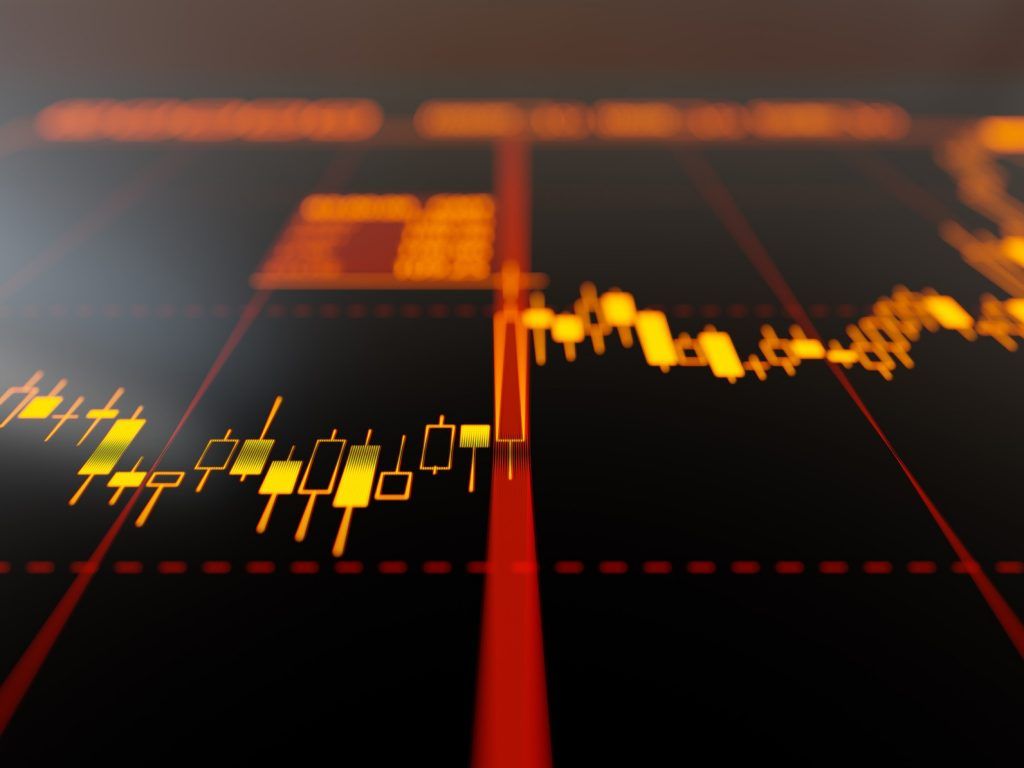The Stock Market is Going Wild
Posted onLast week was another wild week for stocks in the United States. All three benchmark stock indices soared to new levels as each index set a new all-time high on Thursday.

Emini S&P 500 futures made a new high of 2480.50, while Nasdaq 100 futures printed at $5995.75, stopping just short of the key psychological level of $5,600. Emini Dow Jones Industrial Average futures set an all-time high on Thursday of $21,475, and then went on to break that record on Friday by climbing to $21,753.
It seems all-time market highs have become the new norm of 2017. However, as the old expression goes, “what goes up must come down.” That maxim rang true for stocks on Thursday afternoon.
The Nasdaq 100 led a very swift decline almost immediately after making its all-time high. Prices plunged over 1.5% in a matter of an hour before rebounding slightly to close out the day.
The tech-fueled decline caused additional weakness for the entire stock market. For market participants that have been keeping abreast of the markets, a pattern certainly seems to be emerging.
Markets make new record highs, technology stocks instigate declines, markets recover, and then the entire process repeats. For the most part, this is how markets have been functioning this year. Despite all of the abrupt sell-offs, the S&P 500 is up 1.8% since the start of the month and 10% since the start of the year.
Nevertheless, the startling declines immediately after all-time highs have been keeping investors on their toes. Some analysts on Wall Street are chalking up the dichotomy of all-time highs and startling sell-offs to seasonality.
“It is not surprising for market participants to take profits after a big rally, especially going into August, which is historically a difficult month,” said Quincy Krosby, chief market strategist at Prudential Financial.
On August 24th of 2015, when China shocked the world by devaluing its currency, global markets suffered declines of more than 10% in one day. The Emini S&P, Dow, and Nasdaq futures were all halted by the Chicago Mercantile Exchange in an effort to put an end to the epic plunge. The VIX Index, also known as the fear gauge, briefly jumped as much as 90% to print above 50.00 due to sheer fear and uncertainty.
Although the past is no indication of the future, there definitely seems to be some merit to the idea of stock market vulnerability in the month of August.
Having said that, for the last trading week of July, gold is made its third consecutive weekly gain. Although prices seemed to be buoyed by reports of missile tests in North Korea last week, declines in the US dollar certainly added to the cause. A GDP report, which was released on Friday, was expected to help the weakening dollar and hurt gold, but analysts found few reasons in the report for the Federal Reserve to alter is cautious and slow rate-hike agenda.
Going into the month of August with a somewhat-dovish Fed and historical market abnormalities as an ominous precedent, all signs seem to support the fundamental thesis to own a piece of the yellow metal.
Since 1975, Blanchard has successfully helped 450,000+ clients invest prudently in precious metals and rare coins. Our team of experts are always here to help you make the right investment decisions and capitalize on opportunities in the precious metals market.
Call us today at 800-880-4653







